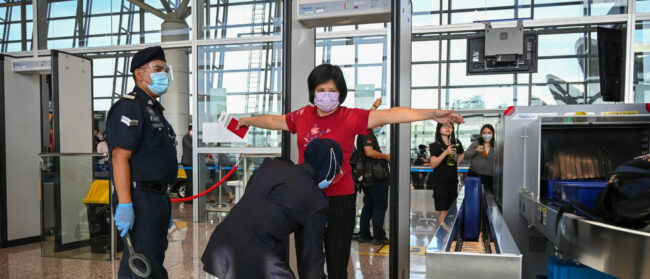War is age indiscriminate. Since Russian President Vladimir Putin launched an invasion of Ukraine on 24 February, more than 10 million residents, of all ages, have been displaced from their homes and nearly 600 civilians have lost their lives.
Yet in the Ukrainian teenagers facing their first combat or young Russians risking their safety to protest, the faces of young people in both countries are strikingly visible in this war. And as news of the conflict spreads across the globe, their peers in Southeast Asia are speaking out.
Despite reports of gradually ageing populations, millennials (those born between 1981 and 1996) number around 1.1 billion in Asia, almost a quarter of the continent’s population. Together with their younger counterparts, Generation Z (born after 1997), they are predicted to make up almost 75% of ASEAN’s consumers by the end of the decade, according to data compiled by Visual Capitalist, an online platform focused on emerging markets and trends.
But political activism rather than spending power is setting these young people apart. While previous generations were no strangers to social consciousness, today’s online society has enabled instant exposure to worldwide events that has increased the awareness and voices of these new adults.
The power of the digital era
“As the world shifts towards digitalisation, the prevalence of social media increases as the first source of information with what is going on in the world,” said Vannary Kong, founder of the U.S. ASEAN Young Professionals Association. The congressional intern at the U.S. House of Representatives launched the group to develop young leaders in the Indo-Pacific region with a targeted focus on Southeast Asia.
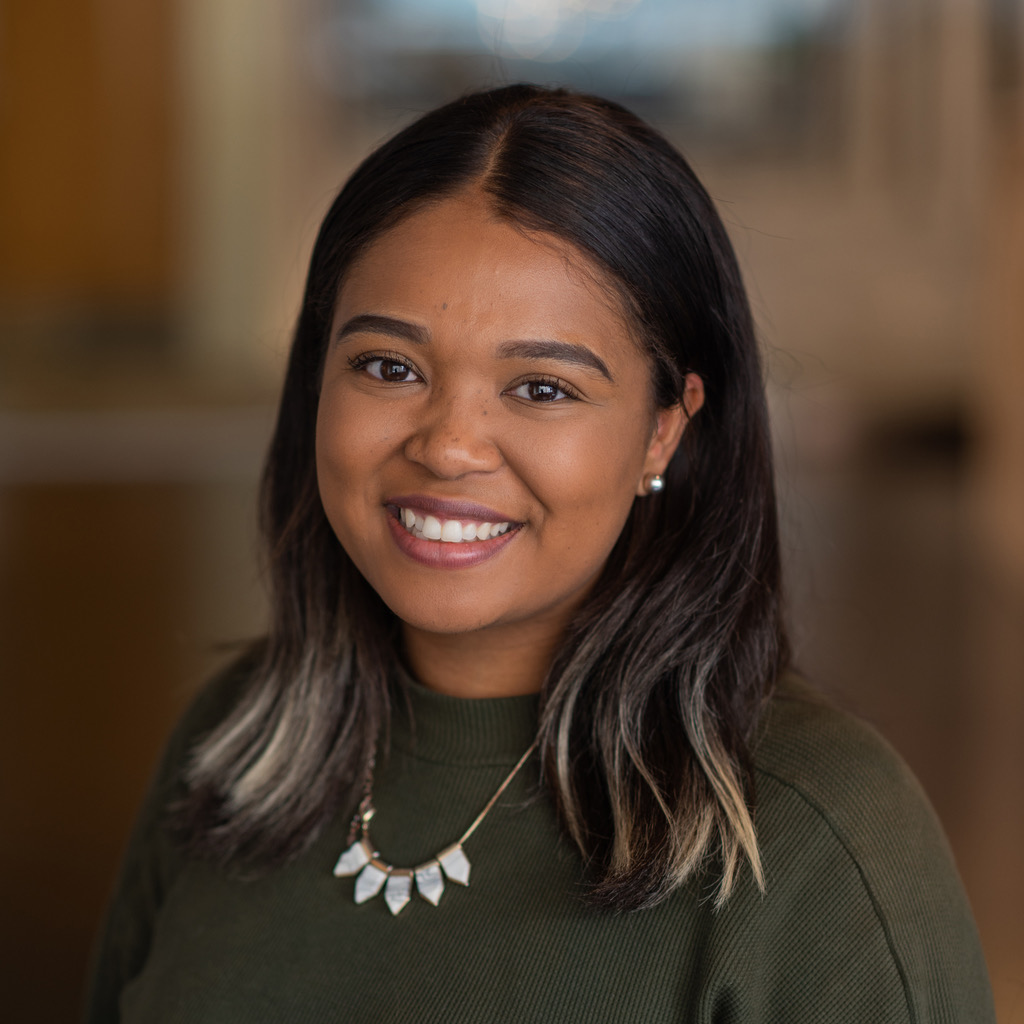
The immediacy of live social media exchange gives the medium an advantage over traditional news platforms or even search engines, said Michael Nugraha, the ASEAN Youth Organisation’s vice president of external affairs, who noted, “with social media, we knew in a snap of a finger worldwide that Russia has invaded Ukraine.”
Jerry Nguyen first learned of the conflict through the social networking platform TikTok. The Monash University international relations student, who serves as a focal point lead for the APAC Migration Group, had turned away from news outlets during the pandemic to preserve her mental health from what she saw as the constant ominous negativity of the headlines. Then a three-second video shared from a personal profile alerted her to one of the one of today’s most chilling current affairs.
For some, social media platforms are the only accessible means to share communication and drive campaigns. Nguyen mentions grassroots communities, which may lack access to information or structure to conventional news outlets, instead turning to social media to mobilise their activism.
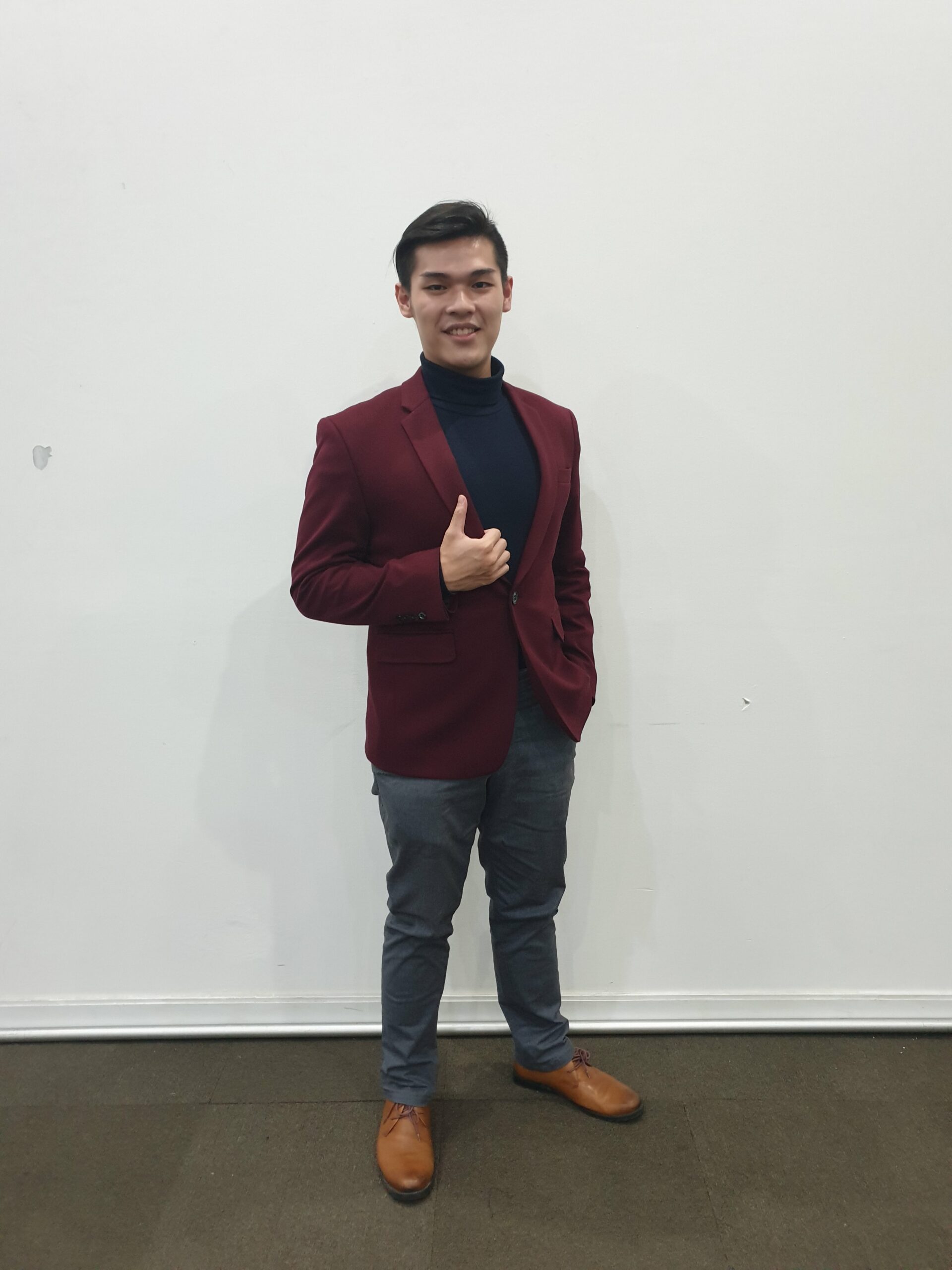
From Grassroots Activism to Disinformation: Social Media in Southeast Asia, a book published by Singapore’s Yusof Ishak Institute in 2020, found the region’s nations experienced a significant increase in the number of protests once internet penetration rate surpassed 10% of the population. Facebook, the most popular social media platform in Southeast Asia accounted for a 10% increase in individuals’ perception of freedom to express their thoughts, join organisations and voice political opinion.
Southeast Asia’s young people have seen social media activism in action in their region. The 2014 rise of Indonesian President Joko Widodo was helped by his powerful presence on social media as a ‘new’ kind of grassroots politician.’ Web-community debates and online petitions eventually forced Thailand’s government to back down from plans to implement a single internet gateway to monitor online traffic in 2015. A Facebook group, ‘Citizens Against the Single Gateway for Freedom and Justice,’ garnered more than 200,000 likes and organised significant grassroots pressure.
Now, they are using the same platforms to look further afield and raise awareness of the conflict in Eastern Europe.
Mistrust and misinformation
The closer generations get to social media, the more they view it with caution. A 2019 survey of 18- to 35-year-olds across Indonesia, Malaysia, Singapore, Thailand, the Philippines and Vietnam revealed ‘fake news’ was a key concern about social media content, with 50% of respondents worried about dishonest information.
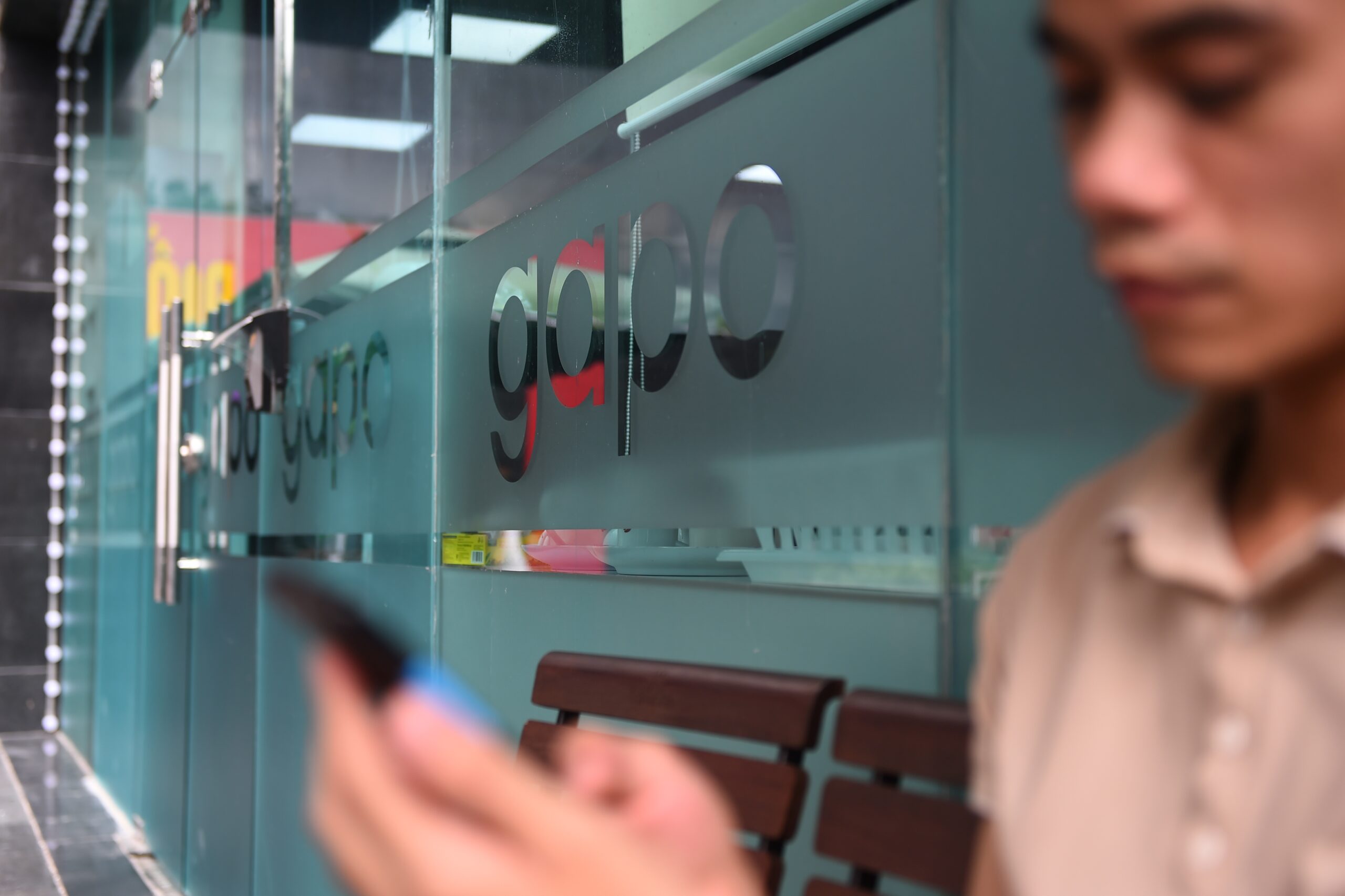
When it comes to the conflict in Ukraine, Southeast Asian youth are equally wary.
“We live in a world of overload of information,” said Muhammad Kenzo Baskoro, diplomacy officer at the ASEAN-Australia Strategic Youth Partnership. “People can’t choose information, let alone decide whether it is credible or not.”
Their scepticism has been illustrated by some examples, now widely flagged, of fabricated footage distributed through online platforms including video sharing platform, YouTube.
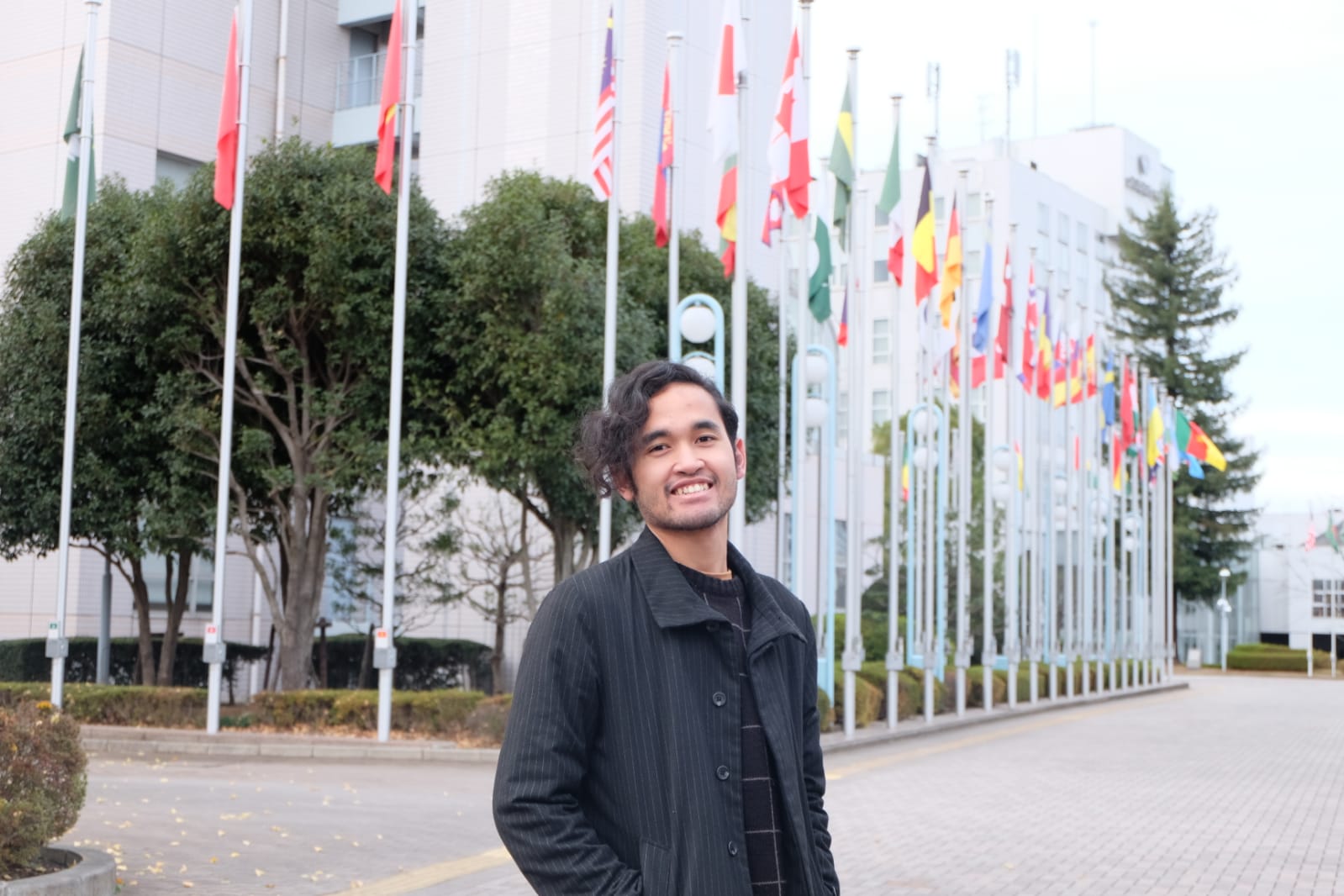
A clip showing fake blood applied to young actors was circulated a few weeks into the crisis purporting to be evidence that the war in Ukraine and its injured civilians were a hoax. The video has since been exposed as footage from the production set of Ukrainian television programme ‘Contamin.’
Social media is also open to manipulation by authorities. Elana Wong, a Singaporean-Malaysian graduate living in Amsterdam, unwittingly shared a post from Instagram account Redfish, before realising it was a Russian state-backed profile.
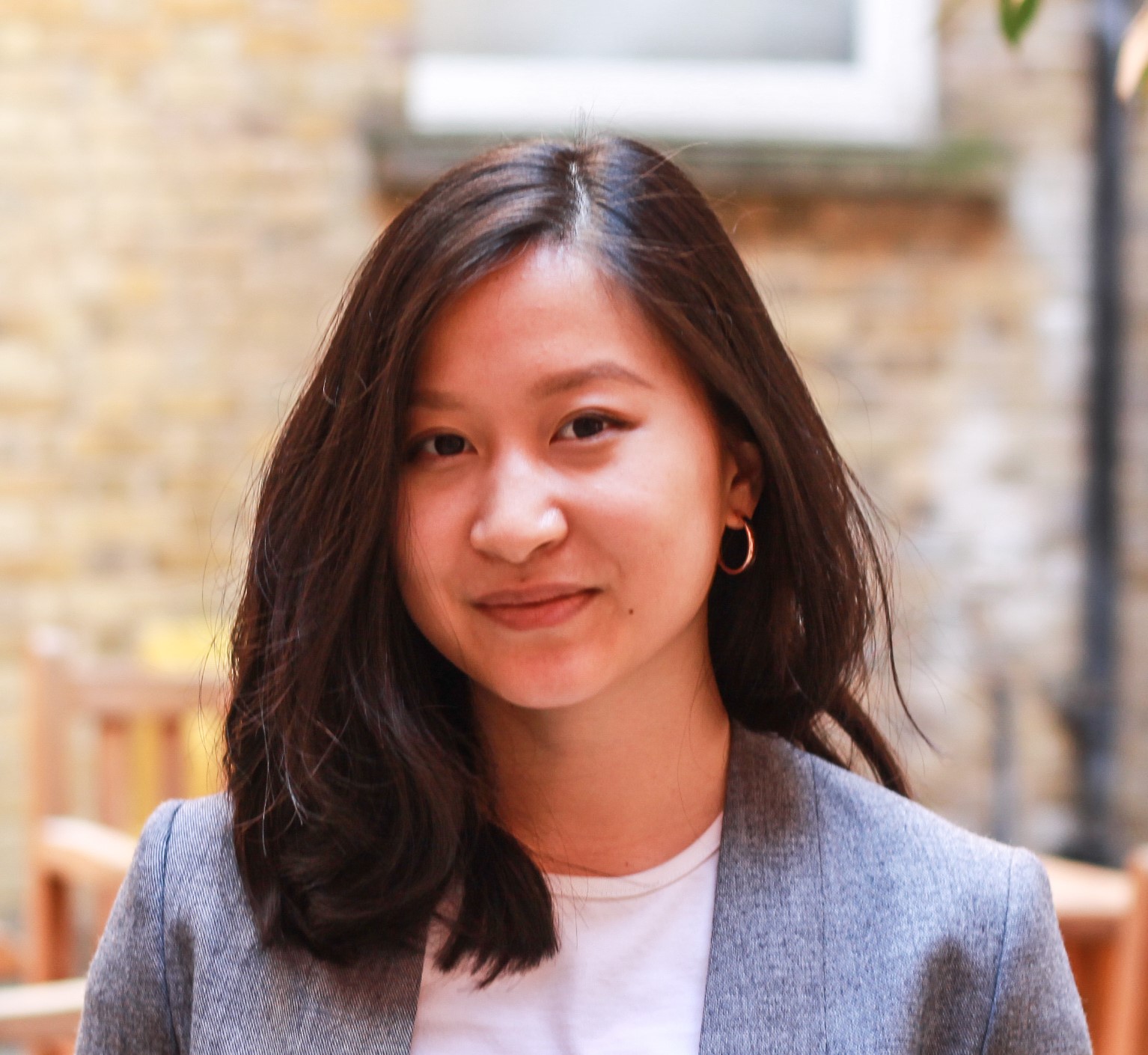
“A large part of Russian misinformation is peddled by official state media, which I think a lot of young people can see through,” said Wong, who works as migration global focal point for the Major Group of Children and Youth. She added that in the case of some Instagram accounts like Redfish, “it isn’t immediately obvious in the name.”
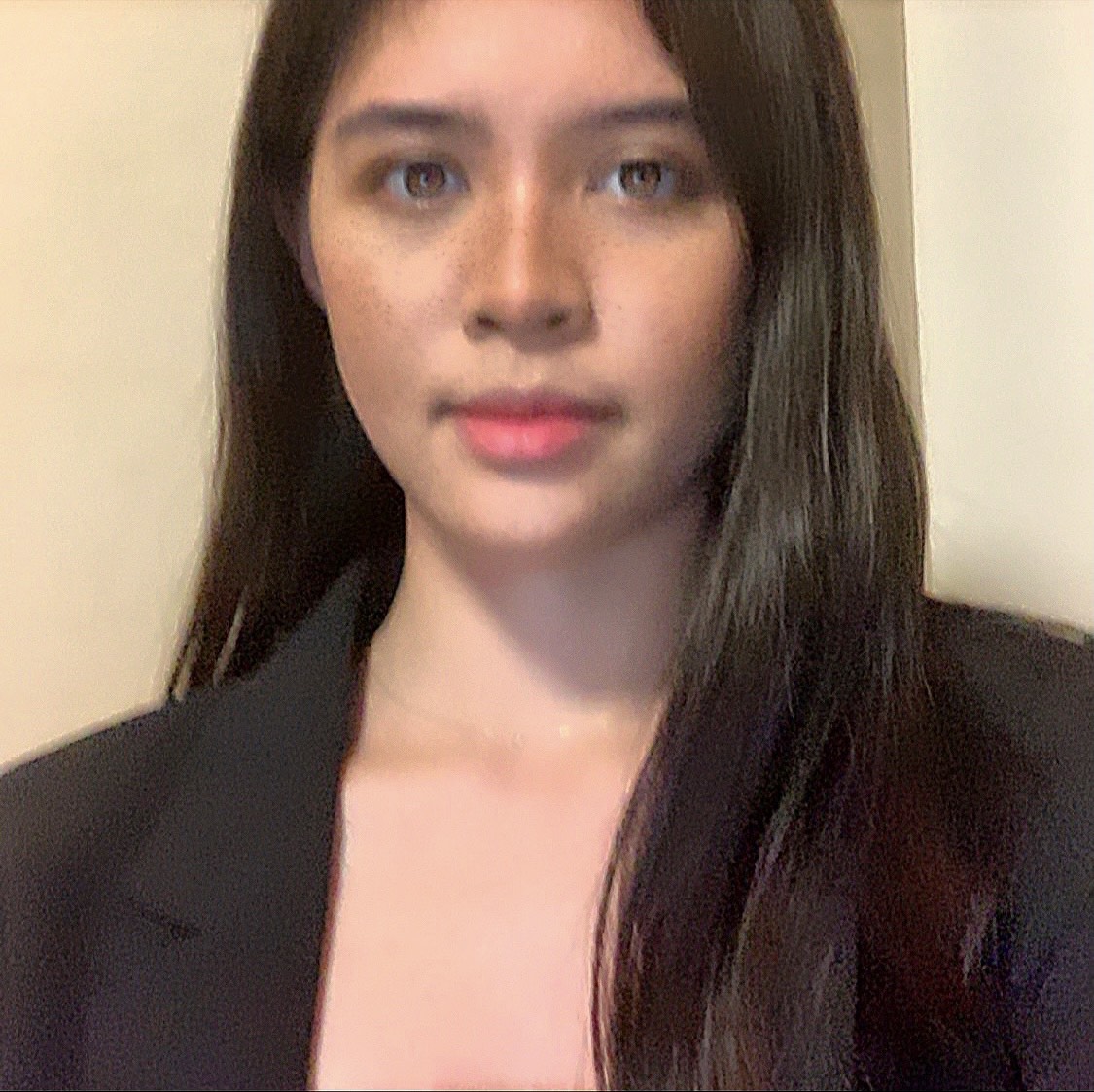
The young Southeast Asian netizens also pointed to algorithms influencing the content fed to consumers and aiding the creation of echo chambers.
Nika Yoshino, a Filipina liberal arts graduate of Rikkyo University and the ASEAN Youth Organisation’s Japan country director, also pointed to the growth of ‘slacktivism,’ where “people just share and like and follow the popular trend, which in this case is opposition to Russia or Putin, without actually learning about the issue.”
Nugraha believes digital culture requires consumers to develop their own specific tools to effectively analyse current events and employ social media as a resource to become better citizens.
“In these times, digital literacy competency and critical thinking are amongst two of the most needed skills in this era,” he said.
Digital connectivity drives the generation gap
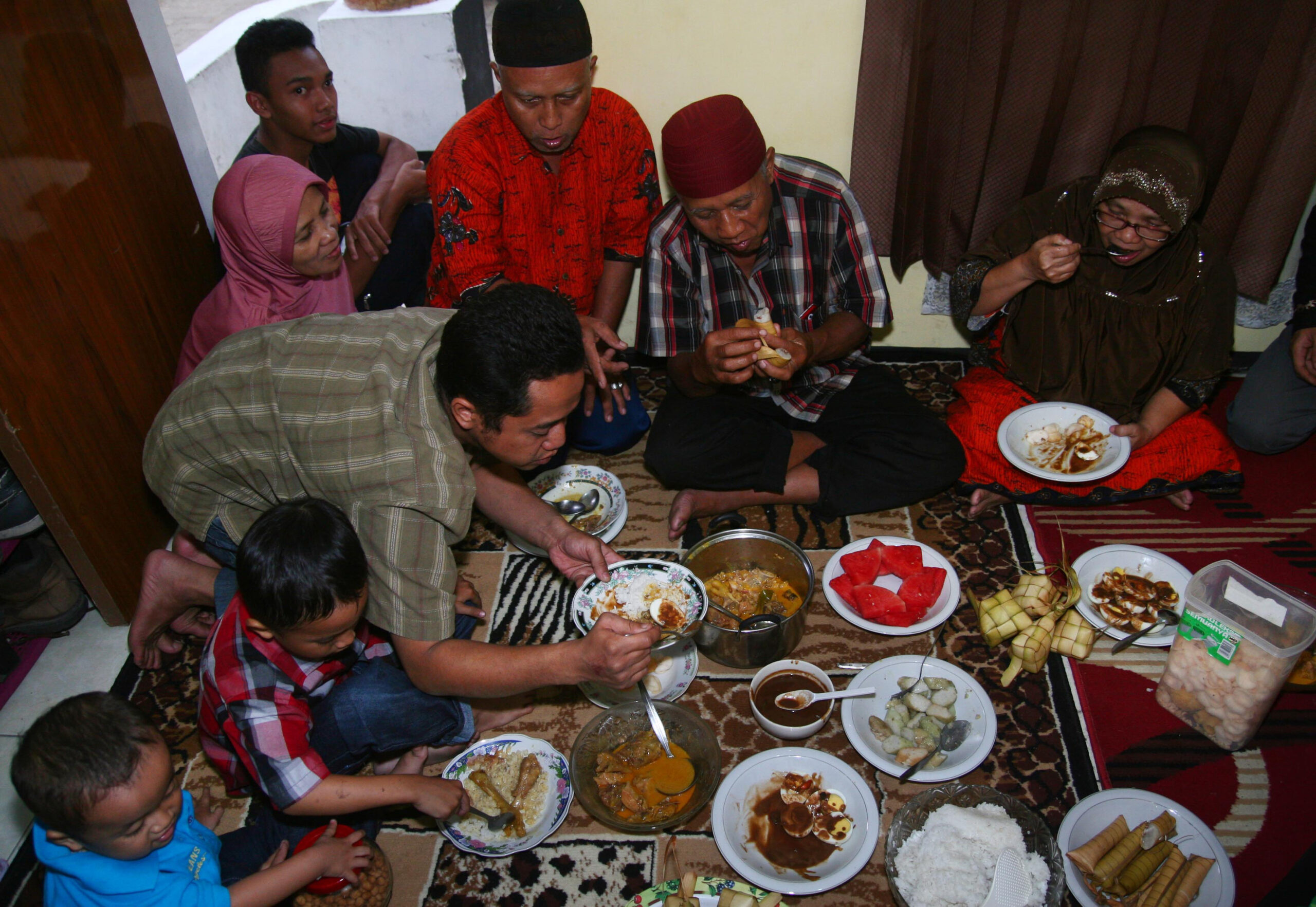
The prevalence of online information has brought a proximity to events happening continents away. Some of ASEAN’s young adults believe the digital nativism of their generation has moulded a different approach to the war in Eastern Europe than their older counterparts.
“Overall, young people are taking a holistic view on the Ukraine invasion that previous generations [don’t],” Kong said. “For instance, outside of holding governments and social media platforms accountable, young people have taken up the role of communicator itself regarding the conflict.”
Yoshino, however, believes older generations are “more concerned or genuinely engaged in politics and… social issue[s].” Today’s social media platforms have amplified the voices of an activist minority.
“Nowadays, young people are not as truly active. The activists we see in the media are only a select few,” she said
While increasing digital nativism is not exclusive to Southeast Asia, not all younger generations have found increased exposure to technology has automatically fed into a higher level of political engagement. According to a 2019 study by German political foundation Friedrich Ebert Foundation, fewer than one in five Russians aged 18-29 had any interest in politics.
For Nguyen, whose family is from Vietnam, discussions with her mother highlight key differences in generational perspectives on the conflict.
“[My mother] didn’t care about the diplomacy aspects, any deals or any trade relations that is happening at the moment between Ukraine and Vietnam, [which is] what I’m concerned with,” Nugyen said. “But what she mentioned was the population of Vietnamese citizens that live there.”
Vietnam’s viewpoint
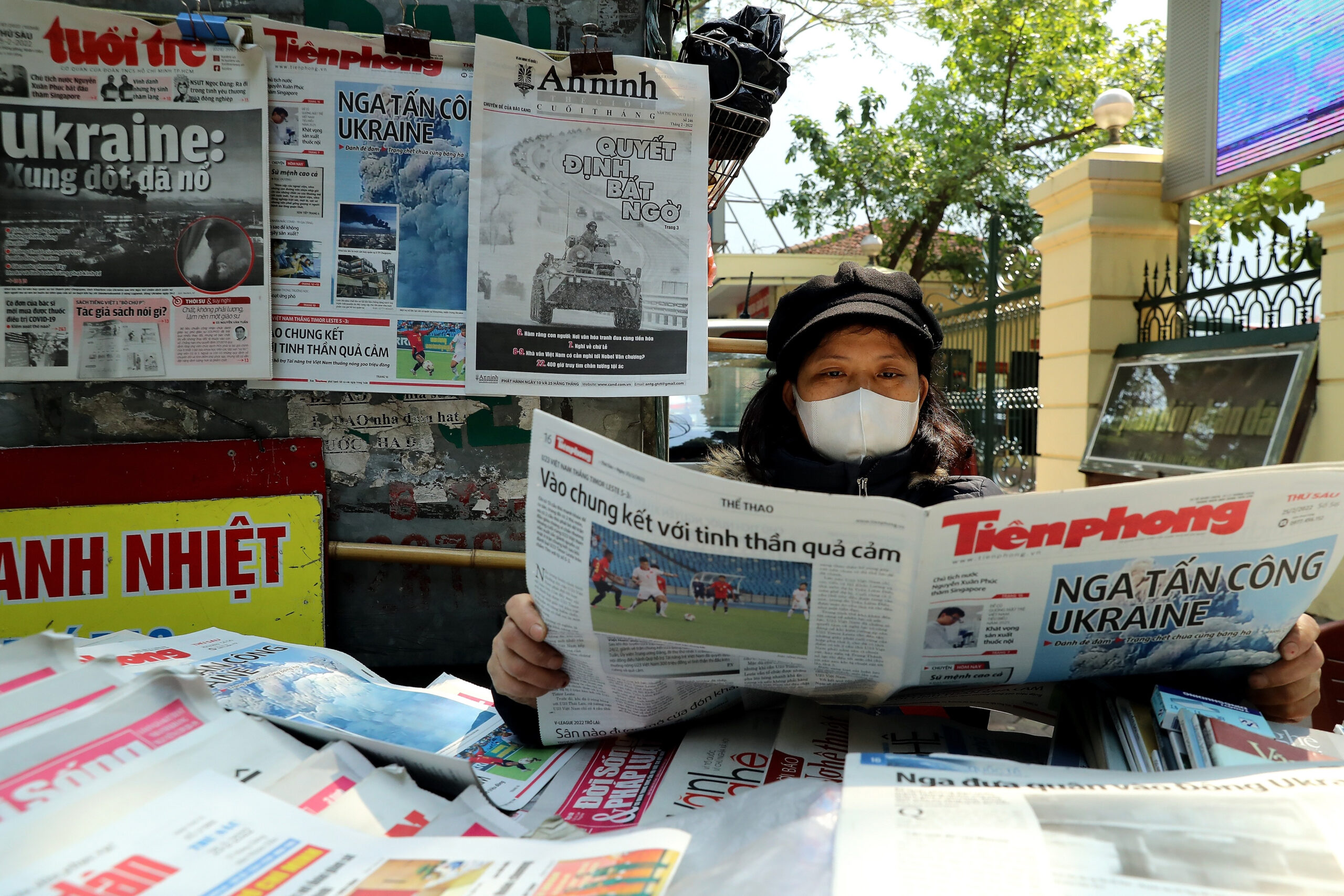
“I believe many people from the previous generations still have a pro-Russia viewpoint because Vietnam has been enjoying good relations with Russia,” said Dang Dao, a recent graduate from Vietnam and current head ASEAN delegate to the Youth G20 Summit in Indonesia. “The young generation, however, is more aware of international norms. Therefore, many of them do not agree or support this invasion.”
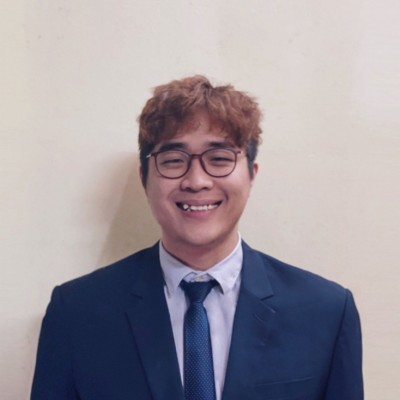
Between 1995 and 2019, more than $7.38 billion of Russian weaponry was imported into Vietnam, according to Singapore’s Yusof Ishak Institute and other sources. The country has been the recipient of 61% of Russia’s defence exports to Southeast Asia over the last 20 years.
Arms are only part of the equation. The 2021 trade turnover between the two countries was $720.5 million, a 51% increase from the year before.
This history of trade relations has potentially influenced political decisions when it comes to the Ukraine-Russian conflict. Vietnam and Laos have stood out in ASEAN as the only two countries in the 10-member association to abstain from voting on a 2 March United Nations resolution demanding Russia immediately end its invasion of Ukraine and withdraw military forces. Russia’s ally China also abstained.
However, as these actions come under international scrutiny, Nguyen is keen to stress the complexity of the situation.
“Vietnam has a good relationship with Ukraine. We have the Comprehensive Partnership. We founded the Intergovernmental Committee for economic trade Science and Technology Corporation in 1984 and we’ve kept that up ever since,” she pointed out. “I think a lot of countries in ASEAN struggle to find the words to condemn, because they have economic interdependence with both Ukraine and Russia.”
The stronger the trade connections between countries, the better the foundations for migration. A 2019 Asian Development Bank report on international migration in Asia and the Pacific found “the degree of economic integration and interconnectedness between… countries through trade, direct investment, or the production network (value chains) can, in principle, influence the mobility of people… through multiple pathways.”
There are approximately 7,000 Vietnamese expatriates in Ukraine, according to Vietnam’s Ministry of Foreign Affairs. ASEAN’s youth leaders are calling for more media attention on the displacement of Southeast Asian civilians.
“I know that there are ASEAN nationals trying to move out of Ukraine and other ethnic minorities trying to move as well,” Nguyen said.
Kong remarked that the increase in accessible digital information has meant “news regarding the treatment of African and Asians in Ukraine being denied aid and access to escape the conflict have been apparent.”
Filippo Grandi, UN high commissioner for refugees, admitted some non-European refugees had experienced discrimination when attempting to cross the Ukrainian border. Kong subsequently called for her peers to use the technological resources at their disposal to raise awareness of ethnic minority experiences during the conflict.
I know that there are ASEAN nationals trying to move out of Ukraine”
Jerry Nguyen, focal point lead, APAC Migration Group
Access to information online also has enabled scrutiny of traditional news outlets. Dao, for example, said he found mass media outlets to be “Western-centric.”
“The majority of news about Ukraine-Russia on mass media criticise Russia’s invasion by highlighting that it is unbelievable that a ‘civilised country in Europe’ is being invaded by other countries,” he said.
Daniel Hannan, a Conservative politician writing in the right-of-centre British newspaper The Telegraph, stated what was “most shocking” about watching footage from Ukraine was that victims of the invasion “seem so like us.” Ukraine’s Deputy Chief Prosecutor David Sakvarelidze told the BBC that the deaths of “European people… with blue eyes and blond hair,” made him emotional. A CBS News correspondent, Charlie d’Agata, recently apologised for his 25 February 25 comment that Ukraine “isn’t a place… like Iraq or Afghanistan, that has seen conflict raging for decades,” an oversight ignoring the recent history of violence in Crimea and Eastern Ukraine.
While not representative of the media sector as a whole, the visibility of these examples has fueled Dao’s observation that racial bias is influencing greater global coverage of the Ukraine-Russia crisis than wars in Syria, Iraq, Lebanon, Egypt and Turkey.
The call for real-world action
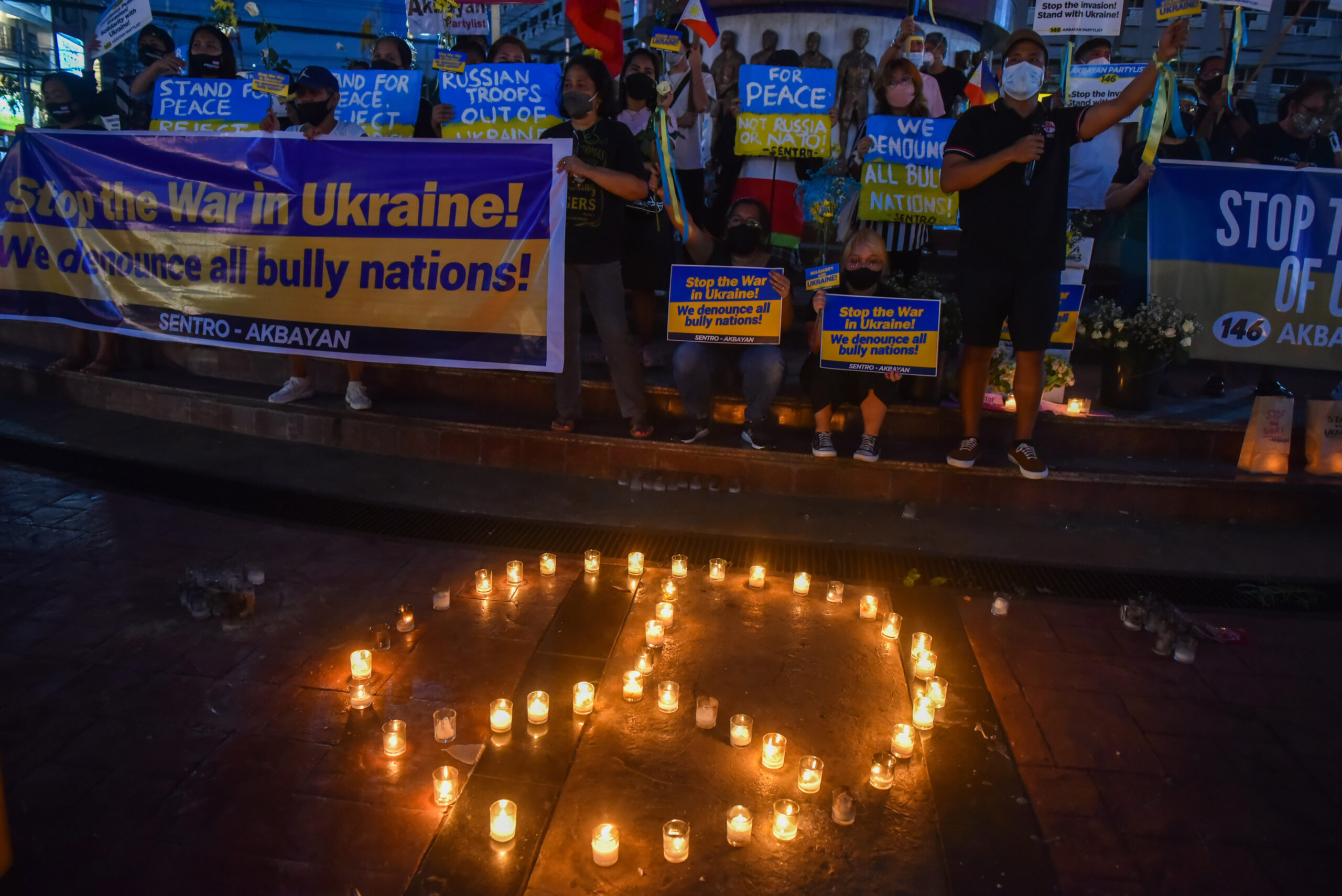
Living in an increasingly digital culture has equipped young people from the ASEAN nations with expanded knowledge about events and given them a sense of optimism about the end of the conflict.
“The larger amount of information and communication about the war, the better. With a larger amount of resources about the war, the people will gain more awareness about what is really happening,” said Anna Ramilo, the Philippines-based head of partnerships and international relations for the ASEAN Youth Organisation.
Nguyen believes digital communication can help drive real-world action to bring awareness to issues and call out injustice.
“The advantage I’m most impressed by and excited about is the fact that young people are protesting, by any means necessary and also by any media necessary,” she said. “So they utilise social media campaigns, they band together with compassion through social media.”
But the tools at their disposal and their commitment to drive change can only take them so far. As the invasion enters day 43, young people in Southeast Asia are calling for similar action from those in older generations who hold positions of power.
“The fact is that we are just ordinary people,” Dao said. “And world politics is still in the hands of a small number of politicians.”


